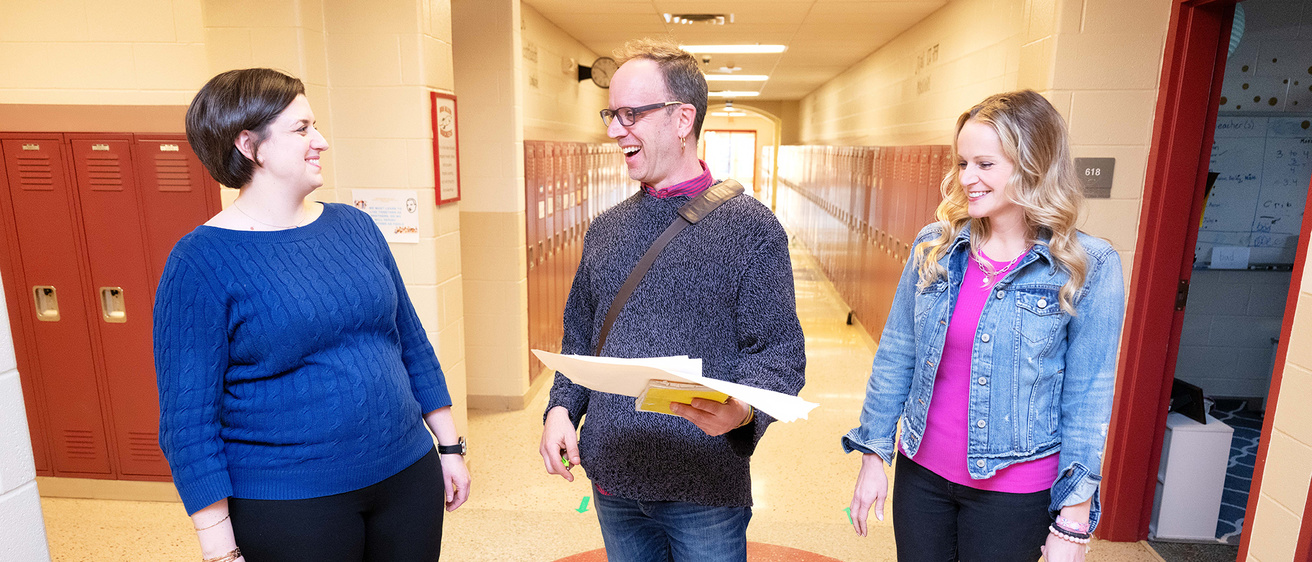Research conducted by the University of Iowa found that faculty and staff at Iowa community colleges feel a sense of responsibility to support their students’ mental health; however, many feel underprepared to do so.
Housed in the UI College of Education, the Scanlan Center for School Mental Health identified some helpful solutions.
The following excerpt is from the Inside Higher Ed article:
Faculty and staff members are increasingly being called upon to help students with their mental health, addressing stress, anxiety and depression, among other challenges. In an April 2023 survey of faculty members, 76 percent said they believe supporting students’ mental health is a job expectation.
Similarly, research from the University of Iowa, published in August, found overwhelmingly that staff and faculty from Iowa community colleges feel a responsibility to support their students’ mental health and wellness through modeling behaviors and referring them to campus resources. However, fewer employees were confident in their ability to do so.
Colleges and universities should provide their staff and faculty with resources and training to direct learners to the appropriate places to address concerns, as well as invest in messaging and services that benefit their own health and wellness, according to the report.
The background: The University of Iowa established the Scanlan Center for School Mental Health, housed in the College of Education, in 2021 to evaluate mental health in Iowa’s K-12 and higher education spaces. The Scanlan Center supports Iowa’s educators, and Barry Schreier, the center’s director of higher education programming, uses the metaphor of a shared pathway—the mental health of administrators impacts faculty and staff, which in turn impacts students, so investing from the top down benefits all parties.
The study: In the spring 2023 survey conducted by the University of Iowa, 1,135 faculty and staff members from seven community colleges in Iowa were asked about their own mental health and wellness and interactions with students. (The average campus response rate was just under 30 percent.)
